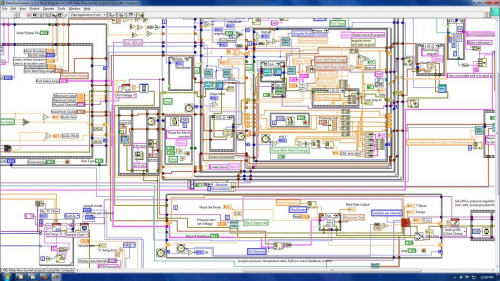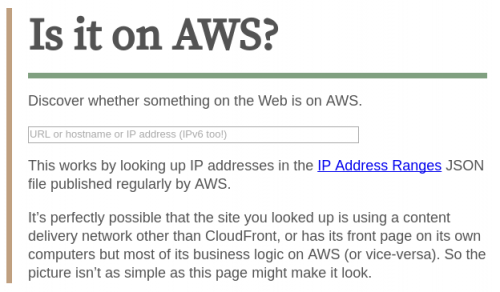5 Fancy Reasons and 7 Funky Uses for the AWS CLI has a few good examples of AWS CLI usage:
- AWS CLI Multiple Profiles
- AWS CLI Autocomplete
- Formatting AWS CLI Output
- Filtering AWS CLI Output
- Using Waiters in the AWS CLI
- Using Input Files to Commands
- Using Roles to Access Resources
There also a few useful links in the article, so make sure you at least scroll through it.



